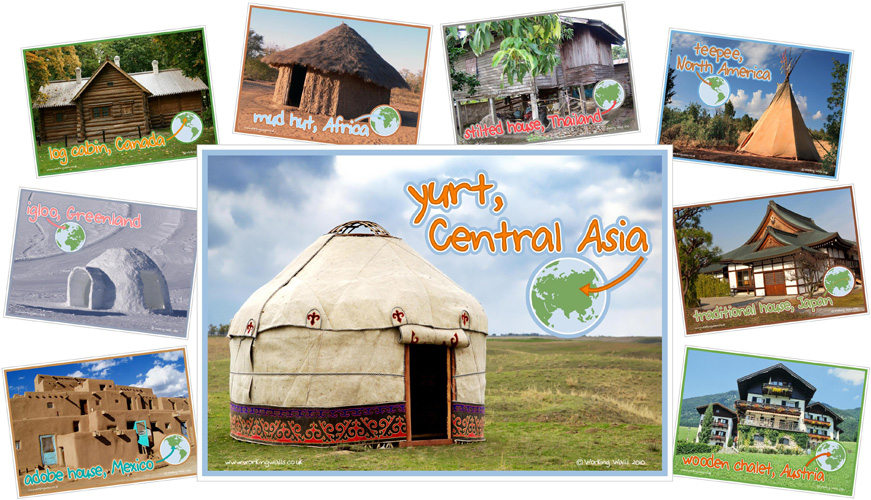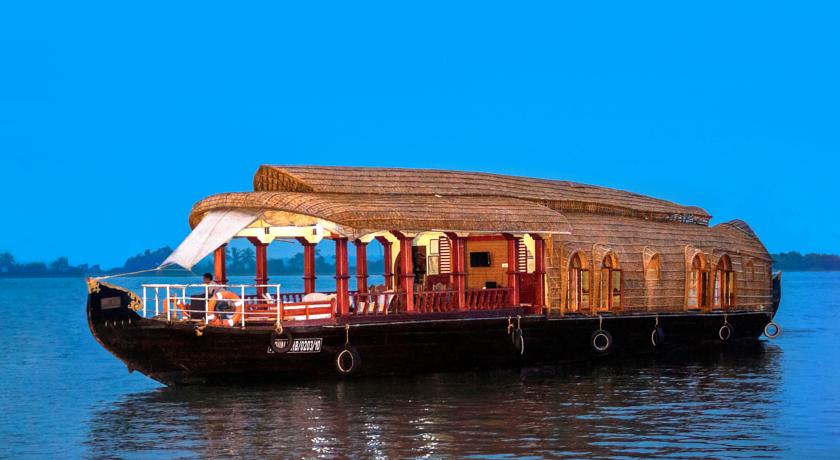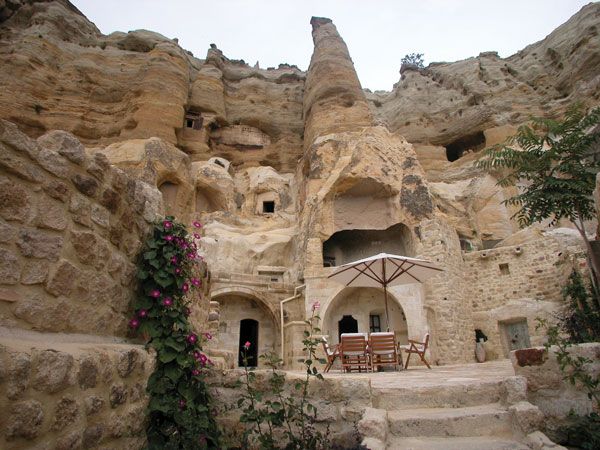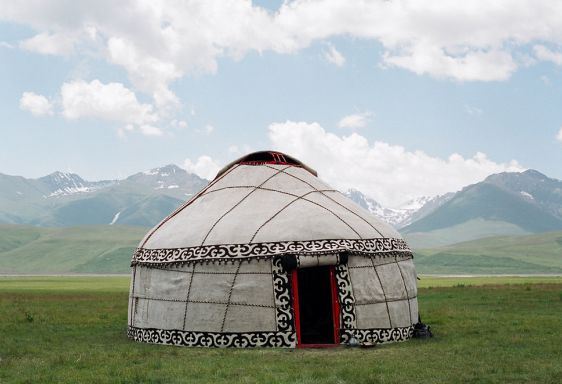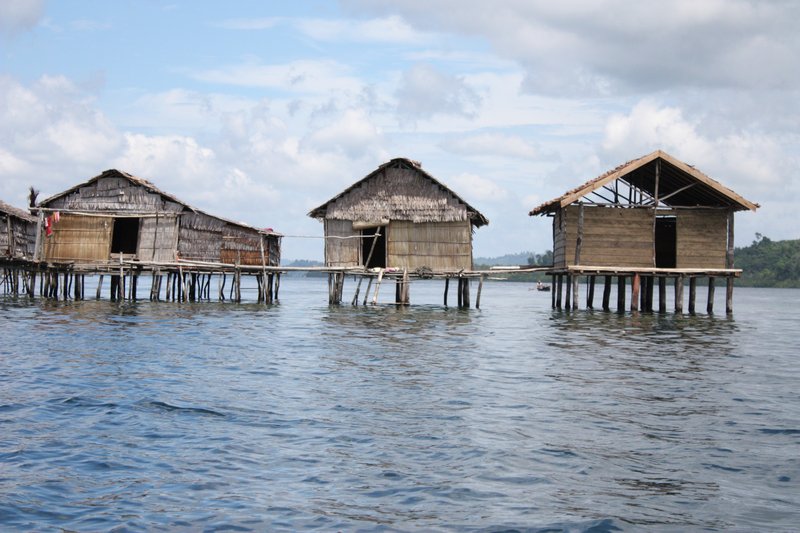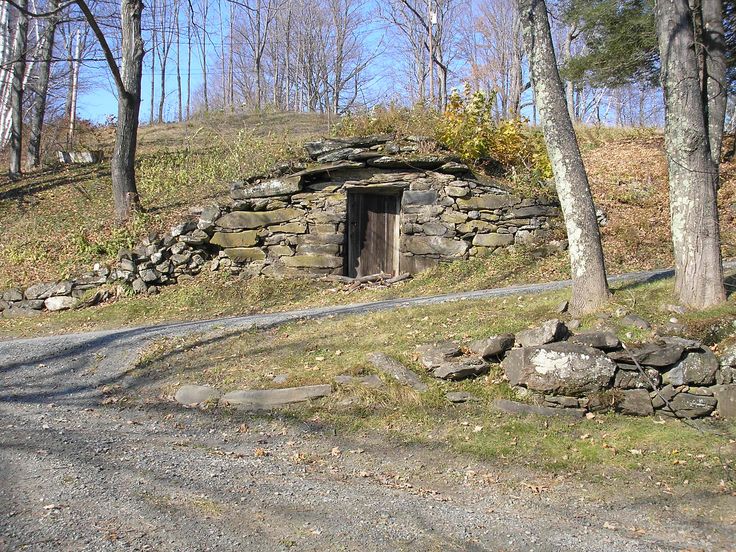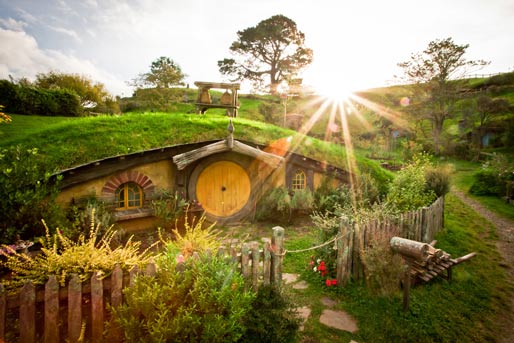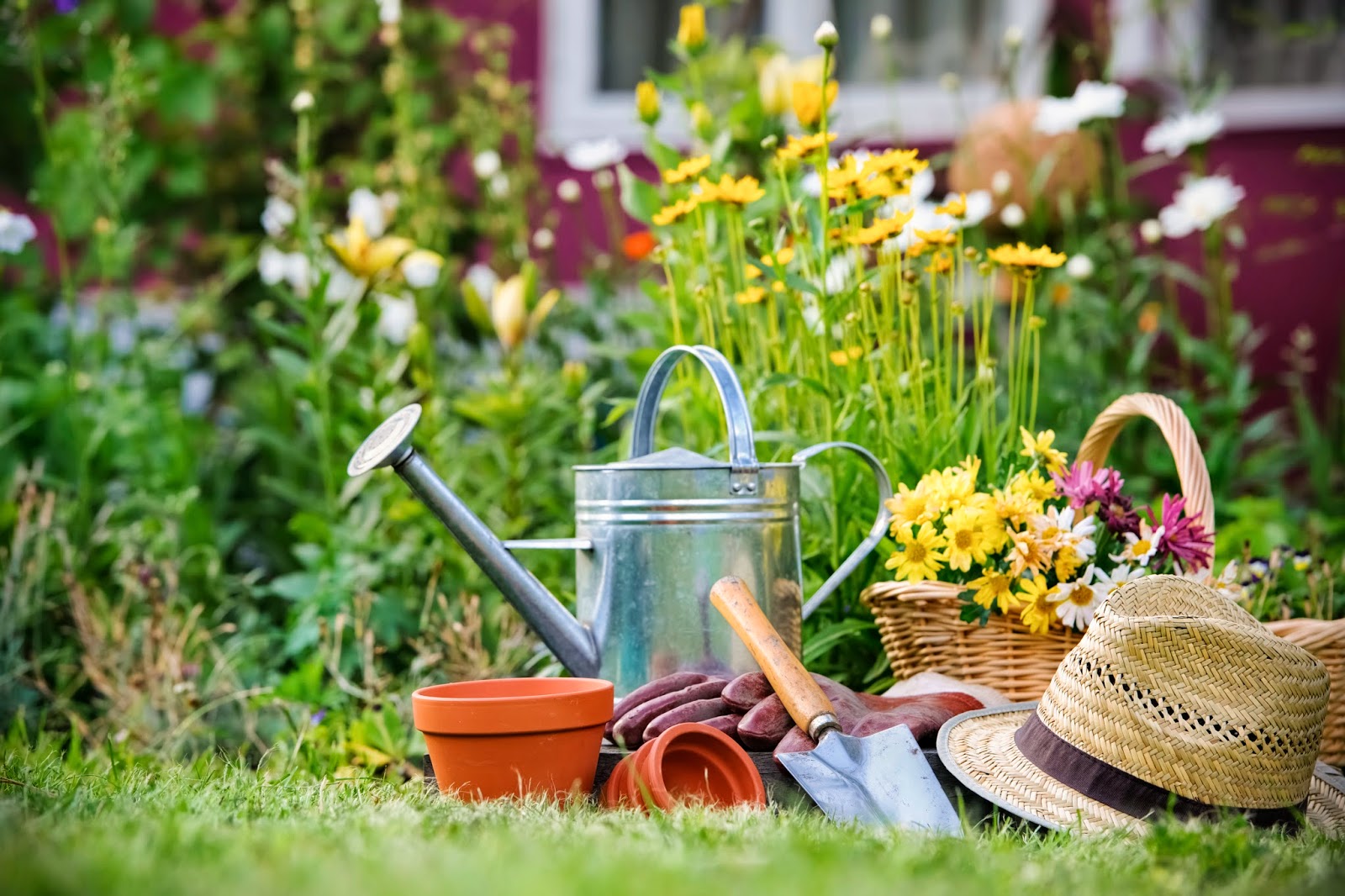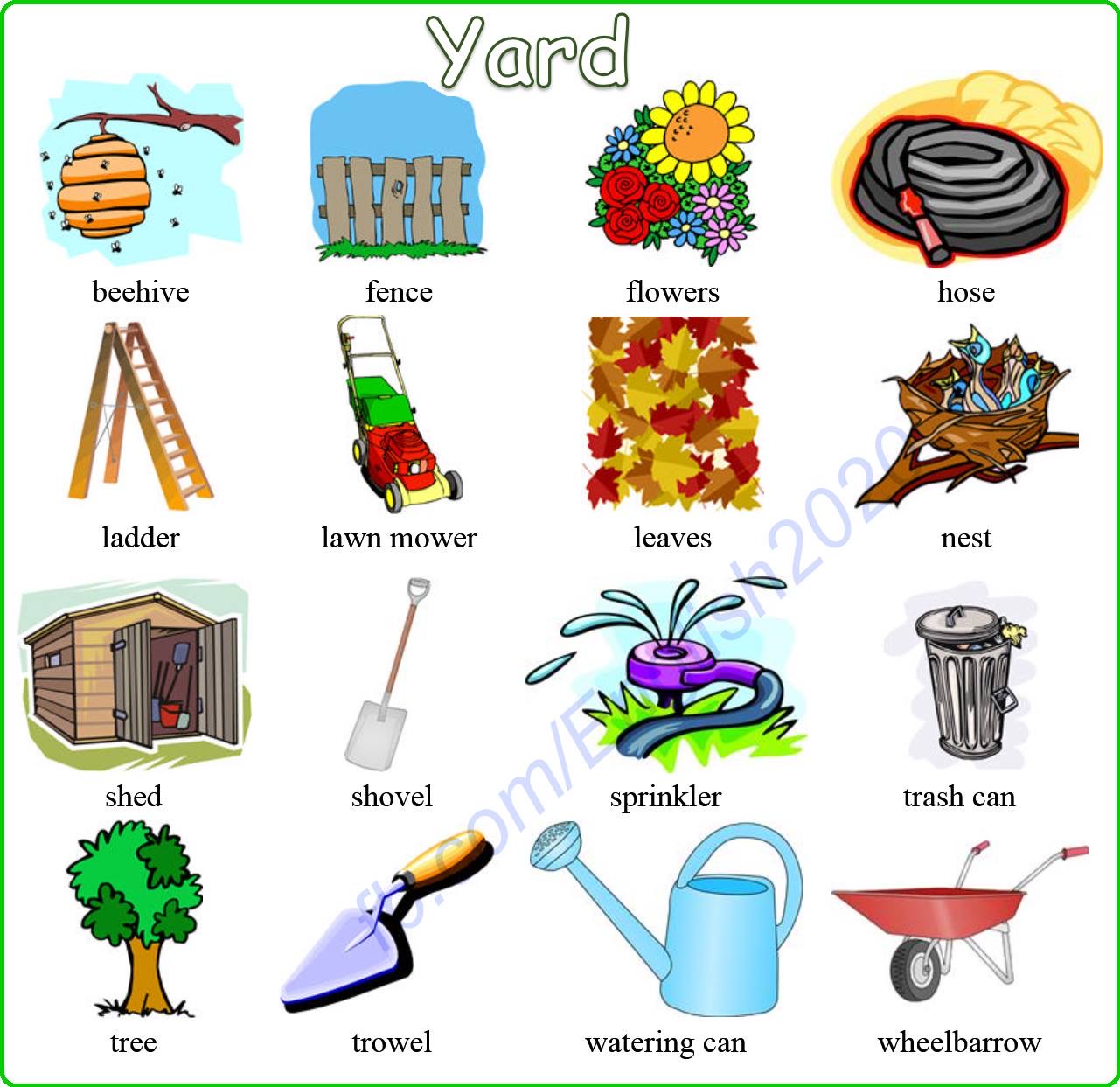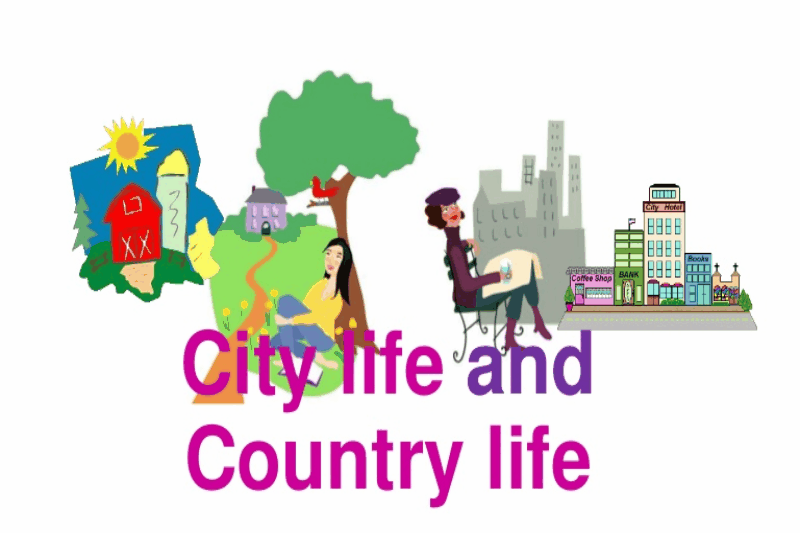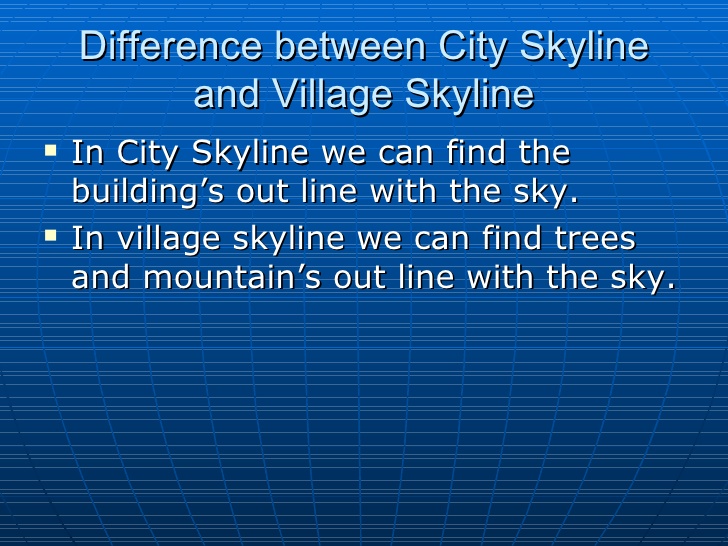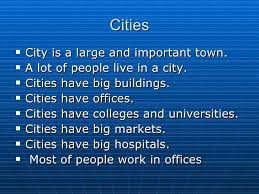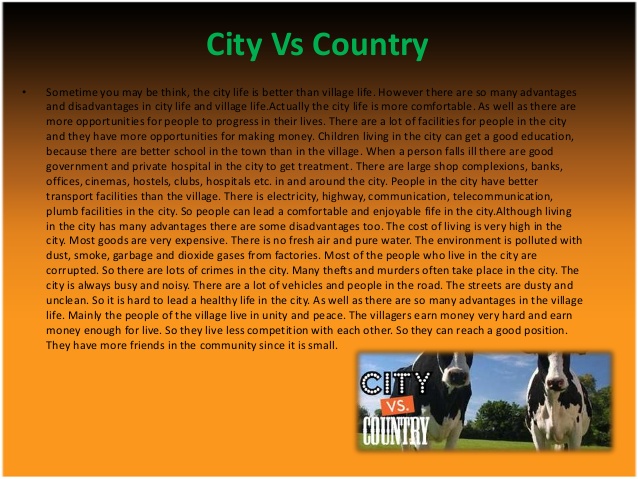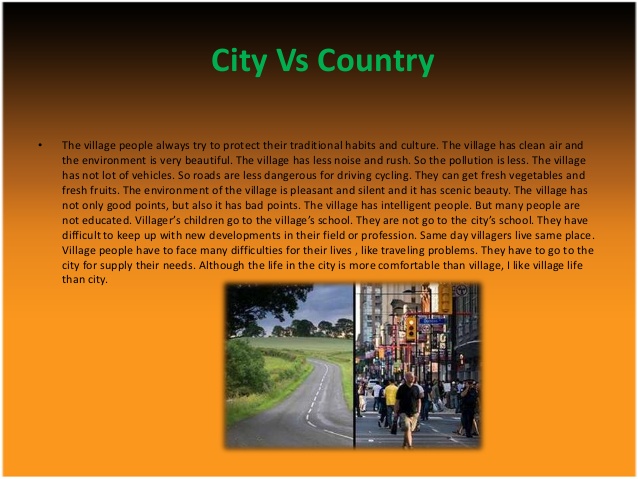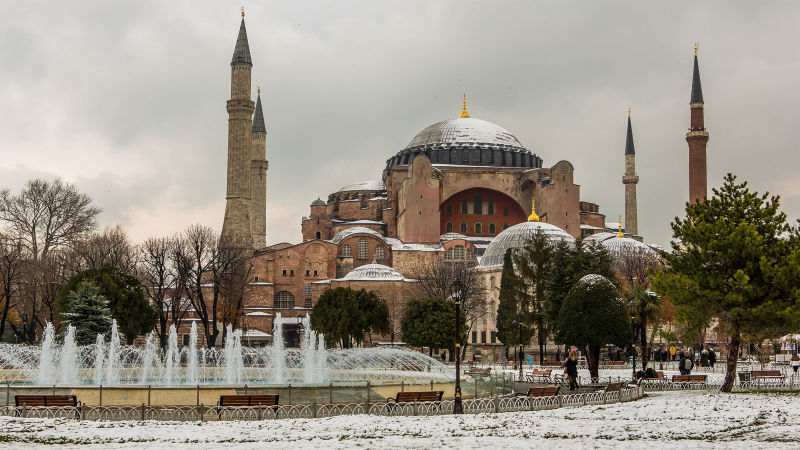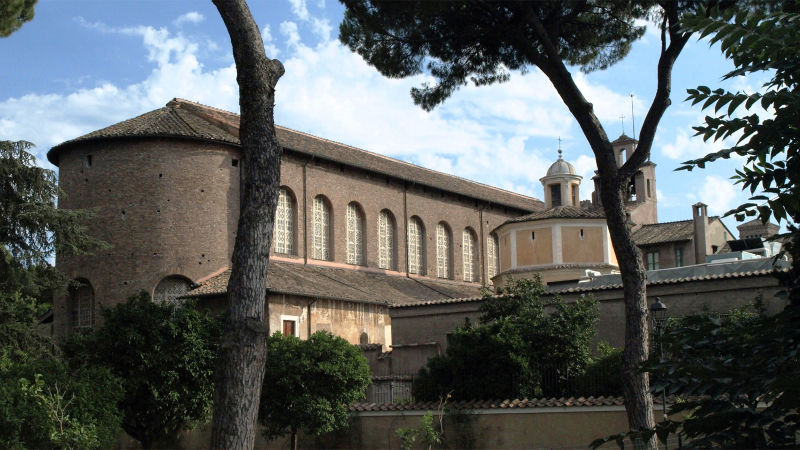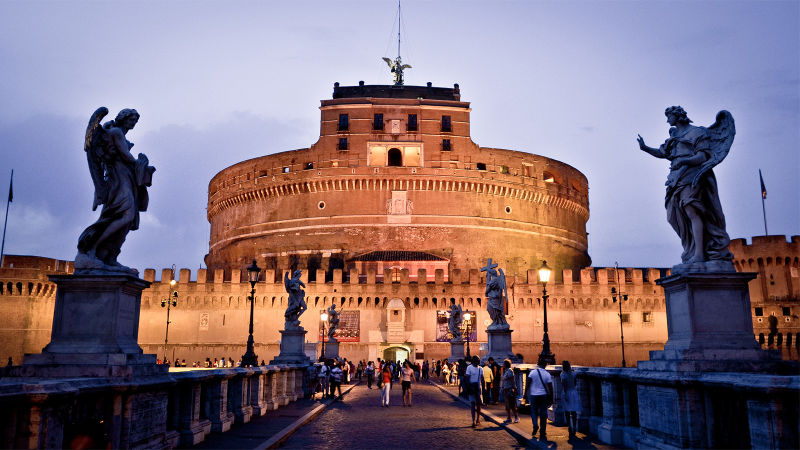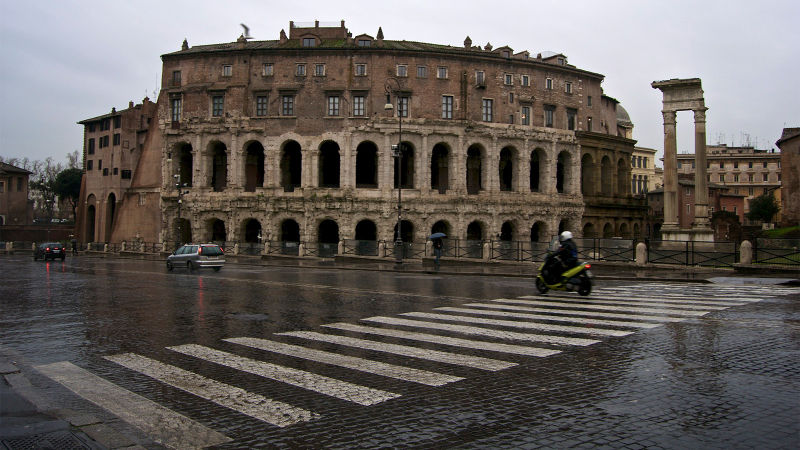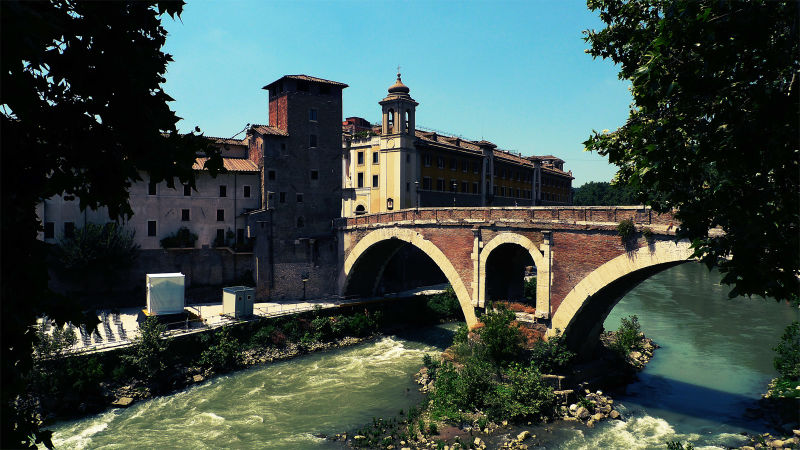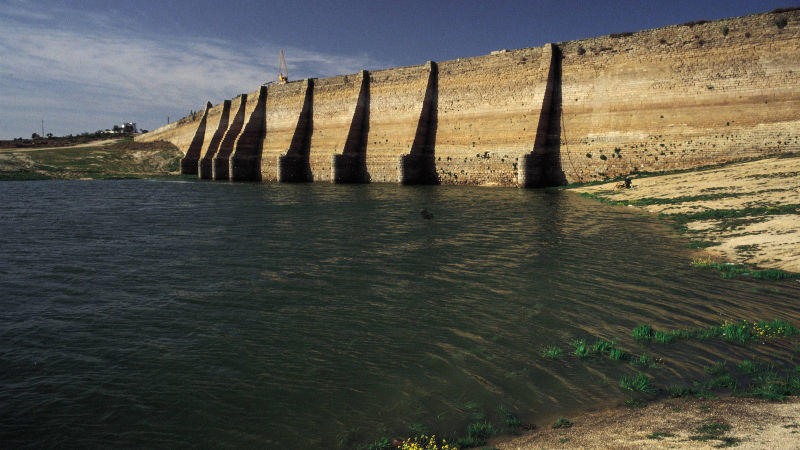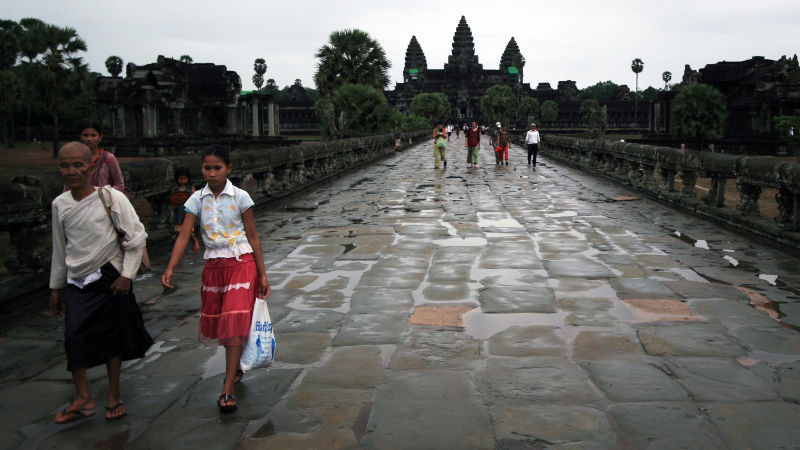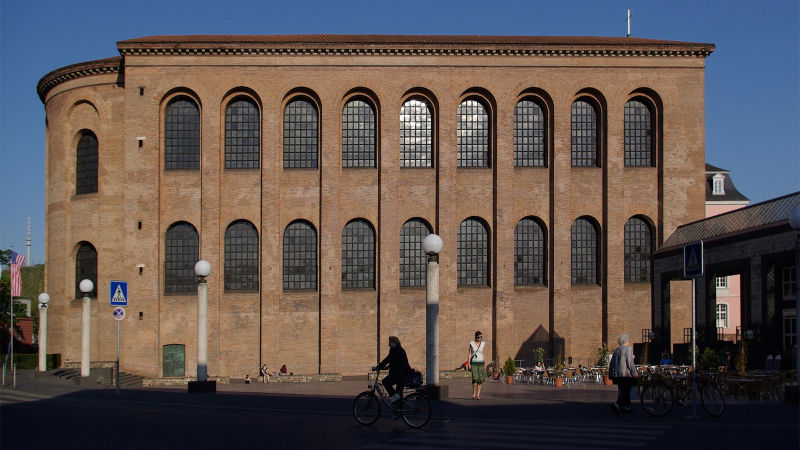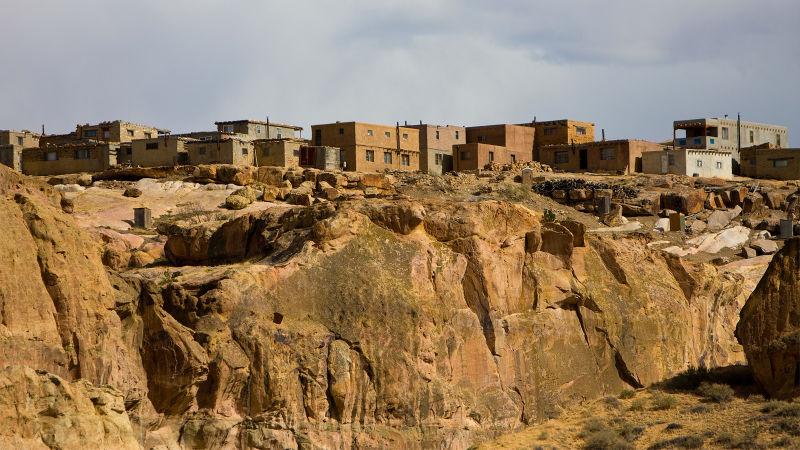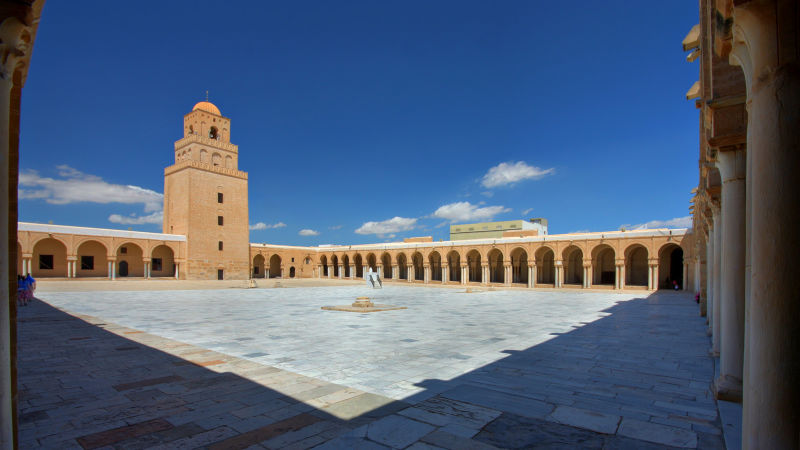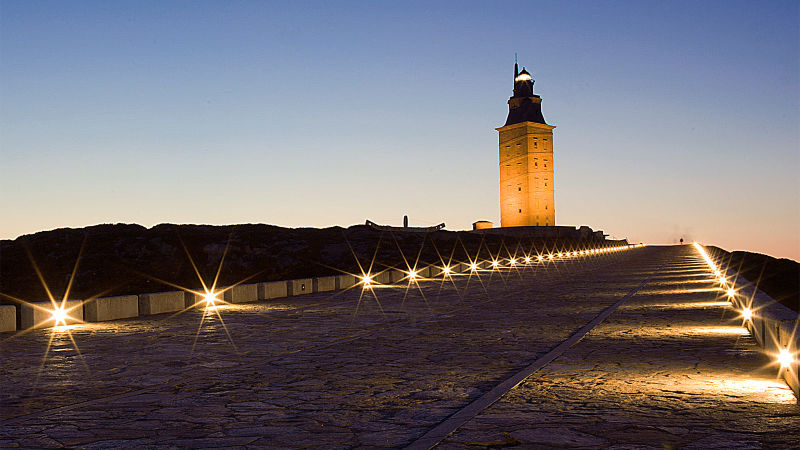Place of Living — различия между версиями
Msu04 (обсуждение | вклад) (Новая страница: «__NOTOC__ <div class="row en-bg"> <div class="maintext chem-back large-8 medium-7 columns"> <!-- Page Content --> <span style="font-family:Times Nwe Roman; fon…») |
Admine2 (обсуждение | вклад) |
||
| (не показано 29 промежуточных версий 2 участников) | |||
| Строка 1: | Строка 1: | ||
| − | + | {{Якорь|Начало}} | |
| − | <div class="row en-bg"> | + | <div class="row en-bg"><div class="maintext large-8 medium-7 columns"> <!-- Page Content --> |
| − | <div class="maintext | ||
| − | <span style="font-family:Times Nwe Roman; font-weight:bold; font-size: | + | == Houses & Living Place == |
| + | <span style="font-family:Times Nwe Roman; font-weight:bold; font-size:20px; color:#006; font-style:italic">Types of houses around the world</span> | ||
| + | {{left|[[File:Types_of_houses.jpg|230px|]]}} | ||
| + | Many unique houses exist across the world. They are different according to the varying history, geographical factors and sciences applied in building them at different places. Here’s a quick look at some of these interesting types of houses. | ||
| − | [[ | + | <span style="font-family:Times Nwe Roman; font-weight:bold; font-size:20px; color:#006; font-style:italic">Brick House</span> |
| + | {{right|[[File:Brick_house.jpg|230px|]]}} | ||
| + | Bricks came to replace materials such as wood, stone, mud and {{tip|straw| (NOUN /ˈstrɔː / The yellow stems of dried crops such as wheat)}} with the advance in technology. Bricks are made of {{tip|clay| (NOUN /ˈkleɪ / A type of heavy wet soil that becomes hard when it is baked in a oven, used for making cups, plates, and other objects)}} that is moulded and later dried or fired, and are relatively sturdier as building material. | ||
| + | Brick houses can be found in many places across the world. | ||
| − | <span style="font-family: | + | <span style="font-family:Times Nwe Roman; font-weight:bold; font-size:20px; color:#006; font-style:italic">Snow House</span> |
| + | {{left|[[File:Snow_house.jpg|230px|]]}} | ||
| + | Snow houses are made up of snow blocks built up into the shape of a dome. • These houses are also sometimes referred to as an ‘igloo’. • Temperatures inside a snow house can be raised up to around 15 degrees Celsius when the outside temperature is -40 degrees Celsius! | ||
| + | Snow houses can be found in the areas around the Arctic Circle, in places such as Alaska and Greenland. | ||
| + | |||
| + | <span style="font-family:Times Nwe Roman; font-weight:bold; font-size:20px; color:#006; font-style:italic">Boat House</span> | ||
| + | {{right|[[File:Boat_house.jpg|230px|]]}} | ||
| + | Houseboats vary in size - with some being very small while some can be up to two storeys. People who live in houseboats sleep and cook in it. There are people who use it for vacation purposes, while others stay in it all year round. | ||
| + | |||
| + | <span style="font-family:Times Nwe Roman; font-weight:bold; font-size:20px; color:#006; font-style:italic">Cave House</span> | ||
| + | {{left|[[File:Cave_house.jpg|230px|]]}} | ||
| + | Thought to be the earliest form of {{tip|dwelling| (NOUN /ˈˈdwelɪŋ / A house, flat, or other shelter in which someone lives)}} for Man, cave houses are relatively inexpensive to build, as no roofs or walls are required to be constructed. • Cave houses can be carved out from hard rock such as limestone or from softer surfaces such as loess. Cave houses can be found in Spain, Turkey, China and the United States. | ||
| − | <span style="font-family:Times Nwe Roman; font-weight:bold; font-size: | + | <span style="font-family:Times Nwe Roman; font-weight:bold; font-size:20px; color:#006; font-style:italic">Yurt</span> |
| + | {{right|[[File:Yurt.jpg|230px|]]}} | ||
| + | Yurts are built in the shape of a circle with a wooden frame, and covered over with thick felt mats. The parts used in the yurt are light enough for horses and yaks to carry around, and are thus easily movable as homes when families shift across grasslands. | ||
| + | Yurt houses are foldable homes used by people in Central Asia, most commonly in Mongolia. | ||
| − | + | <span style="font-family:Times Nwe Roman; font-weight:bold; font-size:20px; color:#006; font-style:italic">Stilt House</span> | |
| + | {{left|[[File:Stilt_house.jpg|230px|]]}} | ||
| + | Instead of being at ground level, some houses are raised above ground with stilts. • This protects them from floods, and also from the wild animals that roam around. The elevation also keeps the house cool. Stilt houses can be found at coastal areas where it is easily flooded, but can also be found inland. | ||
| + | They are common in parts of Southeast Asia. | ||
| − | + | <span style="font-family:Times Nwe Roman; font-weight:bold; font-size:20px; color:#006; font-style:italic">Mud House</span> | |
| + | {{right|[[File:Mud_house.jpg|230px|]]}} | ||
| + | Mud helps increase the sturdiness of houses, and is usually combined with different materials such as straw, sticks and even cattle dung and oil. | ||
| + | Mud is thought to be one of the most extensively-used material in the building of houses through Africa, parts of Central and South America, India, China and Southeast Asia. | ||
| − | + | <span style="font-family:Times Nwe Roman; font-weight:bold; font-size:20px; color:#006; font-style:italic">Underground House</span> | |
| + | {{left|[[File:Underground_house.jpg|230px|]]}} | ||
| + | Underground houses were said to be first introduced by the Berber people in North Africa in the 7th century. They used underground homes as a way to defend against foreign invasions. Such houses were also used by people in the Sahara region to protect them against the harsh temperatures. | ||
| + | Underground houses can also be found in places such as Italy, Turkey and China. | ||
| − | [[ | + | <br clear=all /><div class="light" style="float:right;>[[#Начало|В начало]]</div><br clear=all /> |
| − | + | == A House, an Apartment, Furniture == | |
| − | + | {{center|[[Файл:Hobbit-House.jpg|700px|]]}}<br /> | |
| − | [[ | + | <ul class="large-block-grid-2 small-block-grid-1"> |
| + | <li> | ||
| + | <span style="text-align:center; font-family:Georgia; font-weight:bold; font-size:20px; color:#903; font-style:italic">{{center|Home words|}}</span> | ||
| + | {{center|[[файл:Home⁄House_Vocabulary.mp4|350px|start=2|]]}} | ||
| + | <li> | ||
| + | <span style="text-align:center; font-family:Georgia; font-weight:bold; font-size:20px; color:#903; font-style:italic">{{center|Daily routines|}}</span> | ||
| + | {{center|[[файл:House_⁄_Furniture_⁄_Daily_routines.mp4|350px]]}} | ||
| + | </li> | ||
| + | </ul> | ||
| − | + | <br clear=all /><div class="light" style="float:right;>[[#Начало|В начало]]</div><br clear=all /> | |
| − | + | ||
| + | == The Yard == | ||
| + | {{center|[[Файл:Yard.jpg|700px|]]}}<br /> | ||
| + | <ul class="large-block-grid-2 small-block-grid-1"> | ||
| + | <li>{{center|[[file:Yard_VOCABULARY_1.jpg|400px]]}}<div style="color:blue; text-align:center"></div></li> | ||
| + | <li>{{center|[[file:Yard_VOCABULARY_2.jpg|400px]]}}<div style="color:blue; text-align:center"></div></li> | ||
| + | <li> | ||
| + | </li> | ||
| + | </ul><br /> | ||
| + | <span style="text-align:center; font-family:Georgia; font-weight:bold; font-size:20px; color:#903; font-style:italic">{{center|VOCABULARY PRACTICE|}}</span> | ||
| + | {{center|[[Файл:VOCABULARY_PRACTICE_in_the_Yard.mp4|700px|]]}} | ||
| + | |||
| + | <br clear=all /><div class="light" style="float:right;>[[#Начало|В начало]]</div><br clear=all /> | ||
| + | |||
| + | == Life in the City & Village == | ||
| + | {{center|[[Файл:City_or_Country.gif|700px|]]}} | ||
| + | <br /> | ||
| + | <br /> | ||
| + | <ul class="example-orbit" data-orbit="" data-options="animation:slide; pause_on_hover:true; animation_speed:600; navigation_arrows:true; resume_on_mouseout: true; timer_speed:19500;" > | ||
| + | <li class="active"> | ||
| + | [[Image:Living-in-the-citycountry3.jpg|slide 1]] | ||
| + | <div class="orbit-caption"> | ||
| + | </div> | ||
| + | </li> | ||
| + | <li> | ||
| + | [[Image:Living-in-the-citycountry1.jpg|slide 1]] | ||
| + | <div class="orbit-caption"> | ||
| + | </div> | ||
| + | </li> | ||
| + | <li> | ||
| + | [[Image:Living-in-the-citycountry2.jpg|slide 2]] | ||
| + | <div class="orbit-caption"> | ||
| + | </div> | ||
| + | </li> | ||
| + | </ul><br /> | ||
| + | |||
| + | <ul class="example-orbit" data-orbit="" data-options="animation:slide; pause_on_hover:true; animation_speed:600; navigation_arrows:true; resume_on_mouseout: true; timer_speed:19500;" > | ||
| + | <li class="active"> | ||
| + | [[Image:Living-in-the-citycountry-12.jpg|slide 1]] | ||
| + | <div class="orbit-caption"> | ||
| + | </div> | ||
| + | </li> | ||
| + | <li> | ||
| + | [[Image:Living-in-the-citycountry-11.jpg|slide 2]] | ||
| + | <div class="orbit-caption"> | ||
| + | </div> | ||
| + | </li> | ||
| + | </ul> | ||
| − | [[ | + | <br clear=all /><div class="light" style="float:right;>[[#Начало|В начало]]</div><br clear=all /> |
| − | + | == Useful Links == | |
| + | Listening comprehension<br /> | ||
| + | https://www.esolcourses.com/content/lifeintheuk/manchester/videoquiz.html<br /> | ||
| + | http://www.esl-lab.com/apart/apartrd1.htm<br /> | ||
| + | Reading<br /> | ||
| + | http://www.excellentesl4u.com/esl-cities-reading.html<br /> | ||
| + | http://www.excellentesl4u.com/esl-hotel-reading.html<br /> | ||
| + | http://www.excellentesl4u.com/esl-houses-reading.html<br /> | ||
| + | Grammar<br /> | ||
| + | https://www.arealme.com/online-english-grammar-test/en/ | ||
| − | + | == Bibliography == | |
| + | *Globalization, Culture Change // URL: https://www.slideshare.net/faleo19/cities-and-villages (date: 20.10.2017) | ||
| + | *Living in the city // URL: https://www.slideshare.net/sanaafatima/difference-in-city-and-village-life (date: 20.10.2017) | ||
| + | *Daily routines // URL: https://www.quia.com/cm/99974.html?AP_rand=1487118531 (date: 20.10.2017) | ||
| + | *House and furniture // URL: https://www.learnenglish.de/games/reading/readbuilding.html (date: 20.10.2017) | ||
| + | *What does home mean to you? // URL: https://www.youtube.com/watch?v=rWt76WqRCVs (date: 20.10.2017) | ||
| + | *Evolution of Houses // URL: https://www.youtube.com/watch?v=xpI_tBxUYuc (date: 20.10.2017) | ||
| + | *Home words // URL: https://www.youtube.com/watch?v=XYz6CkNxz7g (date: 20.10.2017) | ||
| + | *Appearance // URL: https://www.youtube.com/watch?v=EKLD4Arn_bs (date: 20.10.2017) | ||
| + | *Interactive // https://www.youtube.com/watch?v=uRGVtGfoXvI (date: 20.10.2017) | ||
| + | *What’s In the Yard? // URL: https://www.youtube.com/watch?v=wVOp0VMec4s (date: 20.10.2017) | ||
| + | *The oldest buildings // URL: https://gizmodo.com/17-of-the-oldest-man-made-structures-on-earth-still-in-508293601 (date: 20.10.2017) | ||
| + | *HOW TO BUILD A YURT // https://www.youtube.com/watch?v=MRxj4wa9Mqs (date: 20.10.2017) | ||
| + | *How long // URL: http://www.visualistan.com/2014/11/how-long-did-famous-structures-take-to-build.html (date: 20.10.2017) | ||
| − | + | <div class="light" style="float:right;>[[#Начало|В начало]]</div><br clear=all /> | |
</div> | </div> | ||
| − | |||
<!-- Sidebar --> | <!-- Sidebar --> | ||
<div class="large-4 medium-5 columns"> | <div class="large-4 medium-5 columns"> | ||
<!-- Первый элемент сайдбара Это интересно или топ5/10/15 --> | <!-- Первый элемент сайдбара Это интересно или топ5/10/15 --> | ||
<div class="shadow radius sbstyle"> | <div class="shadow radius sbstyle"> | ||
| − | + | <span style="text-align:center; font-family:Georgia; font-weight:bold; font-size:20px; color:#903; font-style:italic">{{center|16 of the Oldest Man-Made Structures On Earth Still In Use|}}</span> | |
| − | + | <gallery mode="slideshow" style="width:100%; text-indent:0px; overflow:hidden; margin-top:0px; margin-bottom:0px; padding:0px;"> | |
| − | + | ||
| + | Файл:Hagia Sophia.jpg|<p style="text-align:justify; text-indent:10px; margin-bottom:0px">The Santa Sophia (also known as Hagia Sophia) in Istanbul, Turkey has been church, mosque and museum since it was completed in 537 AD..</p> | ||
| + | |||
| + | Файл:Pantheon.jpg|<p style="text-align:justify; text-indent:10px; margin-bottom:0px">The Pantheon in Rome was built as a temple by Hadrian in 117 AD, and has been in continuous use throughout its history. It is one of the best-preserved of all Roman buildings, now a museum and Roman Catholic church.</p> | ||
| + | |||
| + | Santa_Sabina.jpg|<p style="text-align:justify; text-indent:10px; margin-bottom:0px">The church Santa Sabina in Rome, built in 422 AD, hasn't been changed since it was built, and is still in use by the Catholic Church.</p> | ||
| + | |||
| + | Sant'Angelo.jpg|<p style="text-align:justify; text-indent:10px; margin-bottom:0px">Rome's Mausoleum of Hadrian, usually known as Castel Sant'Angelo was completed in 139 AD and converted to a fortress around 400 AD. It's still a fortress (and a museum) today. | ||
| + | </p> | ||
| + | |||
| + | Colosseum.jpg|<p style="text-align:justify; text-indent:10px; margin-bottom:0px">The Colosseum once regularly hosted fifty thousand Romans, eager to witness the blood and violence of the legendary gladiators. Because of its ruined state, these days it can only hold a few hundred people on temporary plastic seats for (horribly overpriced) cultural events. Larger concerts and Roman Catholic events are also held outside, using the Colosseum as a dramatic backdrop.</p> | ||
| + | |||
| + | Theatre_of_Marcellus.jpg|<p style="text-align:justify; text-indent:10px; margin-bottom:0px">The Theatre of Marcellus once was Rome’s largest open-air theatre—built in the last years of the Republic. The building has undergone several modifications over its history, and today, the upper portion serves as apartments. | ||
| + | </p> | ||
| + | |||
| + | Ponte_Fabricio.jpg|<p style="text-align:justify; text-indent:10px; margin-bottom:0px">Ponte Fabricio, in Rome, was built in 62 BC. The bridge is almost unchanged, and still serves thousands of Romans today. | ||
| + | </p> | ||
| + | |||
| + | Caravan Bridge.jpg|<p style="text-align:justify; text-indent:10px; margin-bottom:0px">This is the Caravan Bridge over the river Meles in Izmir, Turkey. It was built around 850 BC, which makes it more than 2,860 years old—qualifying as the oldest functioning bridge in the world. | ||
| + | </p> | ||
| + | |||
| + | Proserpina_Dam.jpg|<p style="text-align:justify; text-indent:10px; margin-bottom:0px">The Proserpina Dam (Merida, Spain) dates from the first or second century AD, and once fed the Roman aqueduct taking water to a nearby city. This ancient Roman gravity dam is still used by local farmers to irrigate crops. | ||
| + | </p> | ||
| + | |||
| + | Angkor.jpg|<p style="text-align:justify; text-indent:10px; margin-bottom:0px">Most of the thousand-year-old temples in Angkor, Cambodia, still serve religious function among the locals.</p> | ||
| + | |||
| + | Nanchan_Temple.jpg|<p style="text-align:justify; text-indent:10px; margin-bottom:0px">The Nanchan Temple is a Buddhist temple near the town of Doucun on Wutaishan, in Shanxi Province, China. It was built in 782 AD, and its Great Buddha Hall is currently China's oldest preserved timber building in existence.</p> | ||
| + | |||
| + | Basilica_of_Constantine.jpg|<p style="text-align:justify; text-indent:10px; margin-bottom:0px">The Basilica of Constantine at Trier, Germany is a Roman palace and basilica that was built at the beginning of the 4th century. Today it's used as church by a congregation within the Evangelical Church in the Rhineland. | ||
| + | </p> | ||
| + | |||
| + | Sky_City.jpg|<p style="text-align:justify; text-indent:10px; margin-bottom:0px">The Acoma Pueblo, also known as "Sky City," is a Native American pueblo located west of Albuquerque, New Mexico. Acoma tribal traditions estimate that they have lived in the village for more than two thousand years.</p> | ||
| + | |||
| + | Mosque_of_Uqba.jpg|<p style="text-align:justify; text-indent:10px; margin-bottom:0px">The Mosque of Uqba (670 AD) aka the Great Mosque of Kairouan, Tunisia, is one of the oldest mosques in the world.</p> | ||
| + | |||
| + | Stonehenge.jpg|<p style="text-align:justify; text-indent:10px; margin-bottom:0px">The ancient Stonehenge is still a place of religious significance for Neopagan and New Age believers, and particularly for the Neo-druids.</p> | ||
| + | |||
| + | Tower_of_Hercules.jpg|<p style="text-align:justify; text-indent:10px; margin-bottom:0px">The Tower of Hercules is an ancient Roman lighthouse near A Coruña, Galicia, in north-western Spain. The structure is almost 1,900 years old and still in use today. | ||
| + | </p> | ||
| + | |||
| + | </gallery> | ||
| + | </div> | ||
| Строка 49: | Строка 194: | ||
<div class="shadow radius sbstyle" style="margin-top:20px;"> | <div class="shadow radius sbstyle" style="margin-top:20px;"> | ||
<div class="row"> | <div class="row"> | ||
| − | < | + | <span class="firstcharacter">10</span> <span style="text-align:center; font-family:Georgia; font-weight:bold; font-size:20px; color:#903; font-style:italic">{{center|REAL Houses<br /> |
| + | Inspired by Cartoons|}}</span> | ||
{{center|[[файл:10 REAL Houses Inspired by Cartoons.mp4|280px||start=6|link=|]]}}</div> | {{center|[[файл:10 REAL Houses Inspired by Cartoons.mp4|280px||start=6|link=|]]}}</div> | ||
</div> | </div> | ||
| Строка 55: | Строка 201: | ||
| + | <!-- третий элемент сайдбара --> | ||
| + | <div class="shadow radius sbstyle" style="margin-top:20px;"> | ||
| + | <div class="row"> | ||
| + | <span style="text-align:center; font-family:Georgia; font-weight:bold; font-size:20px; color:#903; font-style:italic">{{center|How to Build a Yurt?|}}</span> | ||
| + | {{center|[[файл:HOW_TO_BUILD_A_YURT.mp4|280px|]]}}</div> | ||
| + | </div> | ||
| + | |||
| + | <!-- третий элемент сайдбара --> | ||
| + | <div class="shadow radius sbstyle" style="margin-top:20px;"> | ||
| + | <div class="row"> | ||
| + | <span style="text-align:center; font-family:Georgia; font-weight:bold; font-size:20px; color:#903; font-style:italic">{{center|Do You Know?|}}</span> | ||
| + | {{center|[[файл:Cost-of-living-countries.jpg|280px|]]}}</div> | ||
| + | </div> | ||
<!-- третий элемент сайдбара --> | <!-- третий элемент сайдбара --> | ||
<div class="shadow radius sbstyle" style="margin-top:20px;"> | <div class="shadow radius sbstyle" style="margin-top:20px;"> | ||
<div class="row"> | <div class="row"> | ||
| − | < | + | <span style="text-align:center; font-family:Georgia; font-weight:bold; font-size:20px; color:#903; font-style:italic">{{center|It's Interestning|}}</span> |
| − | {{center|[[файл: | + | {{center|[[файл:Interest Building.jpg|280px|]]}}</div> |
| + | </div> | ||
| + | <div class="sbstyle"> | ||
| + | <div class="row"> | ||
| + | <div class="large-10 small-10 large-centered small-centered columns rubric" style="margin-top:20px">Take the Test</div> | ||
</div> | </div> | ||
| + | |||
</div> | </div> | ||
</div> | </div> | ||
| + | {{lang|Place of Living}} | ||
Текущая версия на 07:43, 22 октября 2018
Содержание
Houses & Living Place
Types of houses around the world
Many unique houses exist across the world. They are different according to the varying history, geographical factors and sciences applied in building them at different places. Here’s a quick look at some of these interesting types of houses.
Brick House
Bricks came to replace materials such as wood, stone, mud and straw with the advance in technology. Bricks are made of clay that is moulded and later dried or fired, and are relatively sturdier as building material. Brick houses can be found in many places across the world.
Snow House
Snow houses are made up of snow blocks built up into the shape of a dome. • These houses are also sometimes referred to as an ‘igloo’. • Temperatures inside a snow house can be raised up to around 15 degrees Celsius when the outside temperature is -40 degrees Celsius! Snow houses can be found in the areas around the Arctic Circle, in places such as Alaska and Greenland.
Boat House
Houseboats vary in size - with some being very small while some can be up to two storeys. People who live in houseboats sleep and cook in it. There are people who use it for vacation purposes, while others stay in it all year round.
Cave House
Thought to be the earliest form of dwelling for Man, cave houses are relatively inexpensive to build, as no roofs or walls are required to be constructed. • Cave houses can be carved out from hard rock such as limestone or from softer surfaces such as loess. Cave houses can be found in Spain, Turkey, China and the United States.
Yurt
Yurts are built in the shape of a circle with a wooden frame, and covered over with thick felt mats. The parts used in the yurt are light enough for horses and yaks to carry around, and are thus easily movable as homes when families shift across grasslands. Yurt houses are foldable homes used by people in Central Asia, most commonly in Mongolia.
Stilt House
Instead of being at ground level, some houses are raised above ground with stilts. • This protects them from floods, and also from the wild animals that roam around. The elevation also keeps the house cool. Stilt houses can be found at coastal areas where it is easily flooded, but can also be found inland. They are common in parts of Southeast Asia.
Mud House
Mud helps increase the sturdiness of houses, and is usually combined with different materials such as straw, sticks and even cattle dung and oil. Mud is thought to be one of the most extensively-used material in the building of houses through Africa, parts of Central and South America, India, China and Southeast Asia.
Underground House
Underground houses were said to be first introduced by the Berber people in North Africa in the 7th century. They used underground homes as a way to defend against foreign invasions. Such houses were also used by people in the Sahara region to protect them against the harsh temperatures. Underground houses can also be found in places such as Italy, Turkey and China.
A House, an Apartment, Furniture
-
Home words
-
Daily routines
The Yard
Life in the City & Village
Useful Links
Listening comprehension
https://www.esolcourses.com/content/lifeintheuk/manchester/videoquiz.html
http://www.esl-lab.com/apart/apartrd1.htm
Reading
http://www.excellentesl4u.com/esl-cities-reading.html
http://www.excellentesl4u.com/esl-hotel-reading.html
http://www.excellentesl4u.com/esl-houses-reading.html
Grammar
https://www.arealme.com/online-english-grammar-test/en/
Bibliography
- Globalization, Culture Change // URL: https://www.slideshare.net/faleo19/cities-and-villages (date: 20.10.2017)
- Living in the city // URL: https://www.slideshare.net/sanaafatima/difference-in-city-and-village-life (date: 20.10.2017)
- Daily routines // URL: https://www.quia.com/cm/99974.html?AP_rand=1487118531 (date: 20.10.2017)
- House and furniture // URL: https://www.learnenglish.de/games/reading/readbuilding.html (date: 20.10.2017)
- What does home mean to you? // URL: https://www.youtube.com/watch?v=rWt76WqRCVs (date: 20.10.2017)
- Evolution of Houses // URL: https://www.youtube.com/watch?v=xpI_tBxUYuc (date: 20.10.2017)
- Home words // URL: https://www.youtube.com/watch?v=XYz6CkNxz7g (date: 20.10.2017)
- Appearance // URL: https://www.youtube.com/watch?v=EKLD4Arn_bs (date: 20.10.2017)
- Interactive // https://www.youtube.com/watch?v=uRGVtGfoXvI (date: 20.10.2017)
- What’s In the Yard? // URL: https://www.youtube.com/watch?v=wVOp0VMec4s (date: 20.10.2017)
- The oldest buildings // URL: https://gizmodo.com/17-of-the-oldest-man-made-structures-on-earth-still-in-508293601 (date: 20.10.2017)
- HOW TO BUILD A YURT // https://www.youtube.com/watch?v=MRxj4wa9Mqs (date: 20.10.2017)
- How long // URL: http://www.visualistan.com/2014/11/how-long-did-famous-structures-take-to-build.html (date: 20.10.2017)
Inspired by Cartoons

